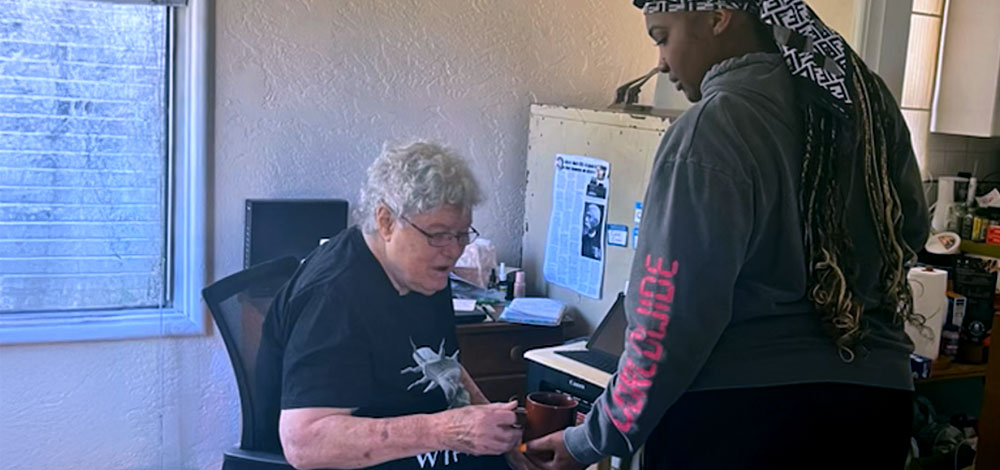After completing the needs assessment, project teams — including palliative care and partner service line staff — should create a plan for implementing the desired behavior changes and for monitoring impact. To start, teams should review the possible interventions identified in the last step of the needs assessment, identify necessary resources, and plan how to assess impact. (See Needs Assessment step 6, “Select a Set of Interventions”)
Tools to Support Planning
The completed Predisposing, Enabling, Reinforcing worksheet (see Needs Assessment step 4, “Predisposing, Enabling, and Reinforcing Factors”) helps identify multiple approaches to increase the likelihood that a target audience will perform the target behavior.
Teams should identify project objectives to measure progress and impact. Objectives should be SMART: specific, measurable, achievable, relevant, and time-bound. The attached Project and Evaluation Plan Template provides more information on how teams might approach creating a plan for their project and supports the selection of specific objectives. For more information, see “Measuring Impact and Making the Case.”
“Whenever you go into any sort of a QI [quality improvement] effort, I have learned that you have to be flexible and willing to hear input from everybody that you’re asking a change of, because they’re the ones that need to do it. You also have to be flexible once you hear the information. You have to be willing to pivot.”
—Palliative care lead
Stay Flexible, Make Adjustments
As the project is implemented, project teams should expect that their plans and metrics will need to be continually reviewed and, if needed, adjusted throughout the implementation process. Changes may become necessary due to new insights, unexpected circumstances, and shifting needs.
In the CHCF initiative, teams learned that successful implementation required flexibility and adaptation. The biggest challenge that required a rapid change in plans was the COVID-19 pandemic. Implementation teams adjusted timelines, revised schedules, and converted trainings, meetings, and patient interactions from in-person to virtual formats (video and phone). Even with this huge challenge, due to their flexibility but continued focus on the end goals, implementation teams were still able to make measurable changes under extreme circumstances.




